Sierra Leone Flag Meaning
A horizontal tricolor of green, white, and blue, symbolizing the land, unity and justice, and the sea and hope, adopted at independence in 1961.
- Continent
- Africa
- Adopted
- 1961
- Ratio
- 2:3
- Colors
- green, white, blue
- Designer
- Unattributed (adopted at independence)
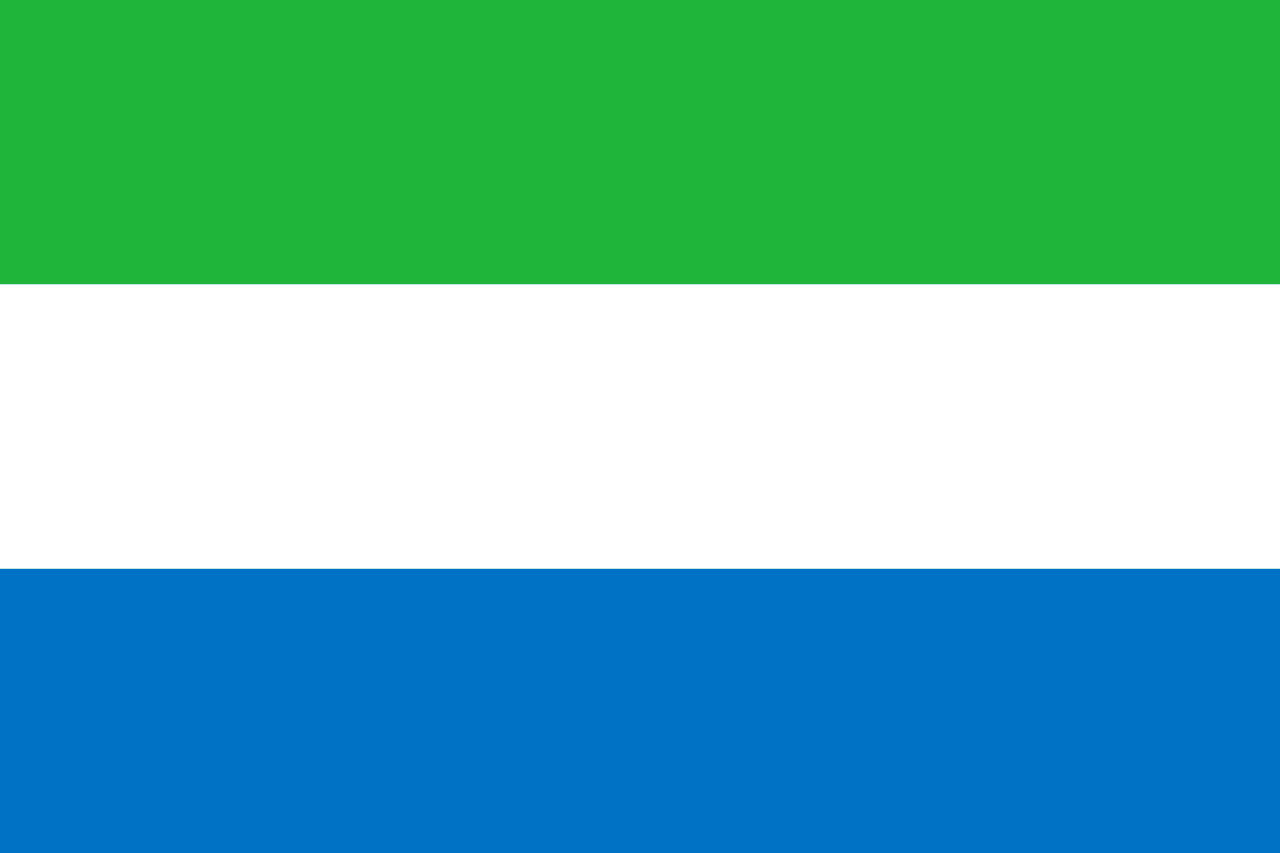
Symbolism
Green Stripe: Represents the rich natural resources and fertile land of Sierra Leone.
White Stripe: Symbolizes justice, peace, and unity among the people.
Blue Stripe: Represents the natural harbor of Freetown and the hope of contributing to world peace through the sea.
History
- 15th Century: Portuguese explorers reached the coast, naming it 'Serra Leoa' (Lion Mountains).
- 1787: Freetown was founded as a settlement for freed slaves by British philanthropists.
- 1808: Became a British Crown Colony, a base for the suppression of the transatlantic slave trade.
- 1961: Gained independence from Britain on April 27, adopting the current flag.
- 1991–2002: Civil war devastated the country, fueled by control of diamond resources.
- 2002–Present: Post-war recovery focused on democracy, reconstruction, and development.
Trivia
- The flag’s blue stripe highlights Sierra Leone’s deep-water port at Freetown, one of the largest natural harbors in the world.
- The name 'Sierra Leone' means 'Lion Mountains,' referencing the mountainous terrain seen by early explorers.
- The capital, Freetown, is historically significant as a resettlement area for freed slaves.
- Sierra Leone is one of the world’s top diamond producers, but resources have fueled conflict.
- The country has a large population of youth, with over 40% under the age of 15.
Related Countries
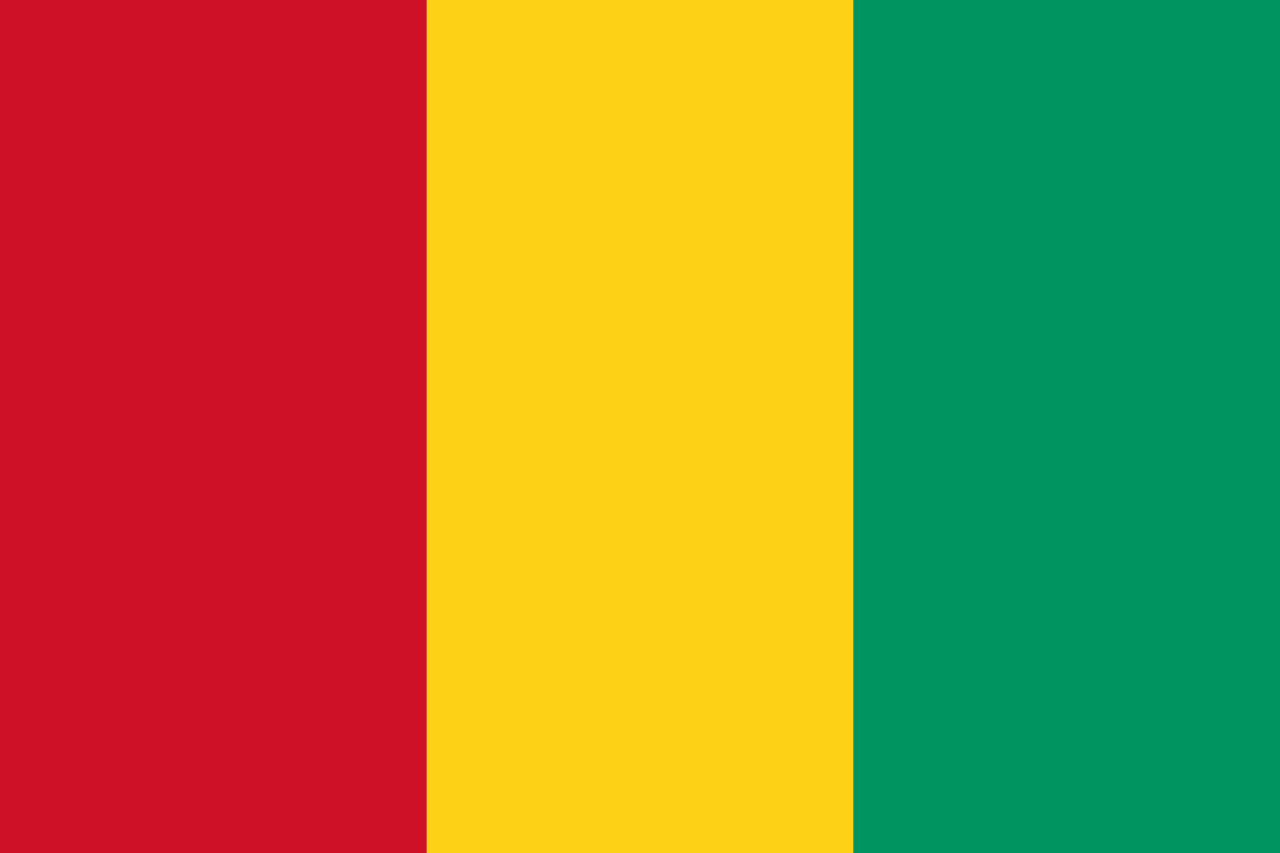
Guinea
Africa
Three equal vertical stripes of red, yellow, and green representing the Pan-African colors, with red symbolizing sacrifice, yellow representing the sun and mineral wealth, and green representing the country's vegetation and agriculture.
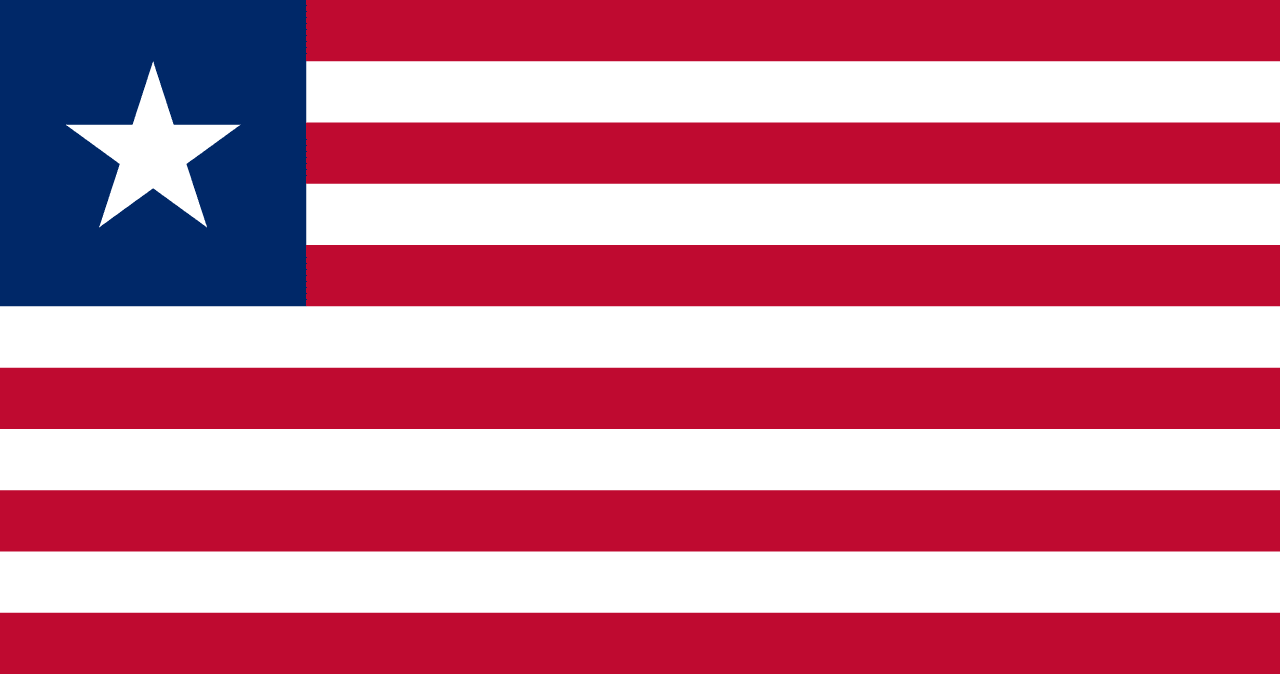
Liberia
Africa
Eleven alternating red and white stripes with a blue canton containing a single white five-pointed star, representing Africa's first republic founded by freed American slaves and its role as a beacon of freedom on the continent.
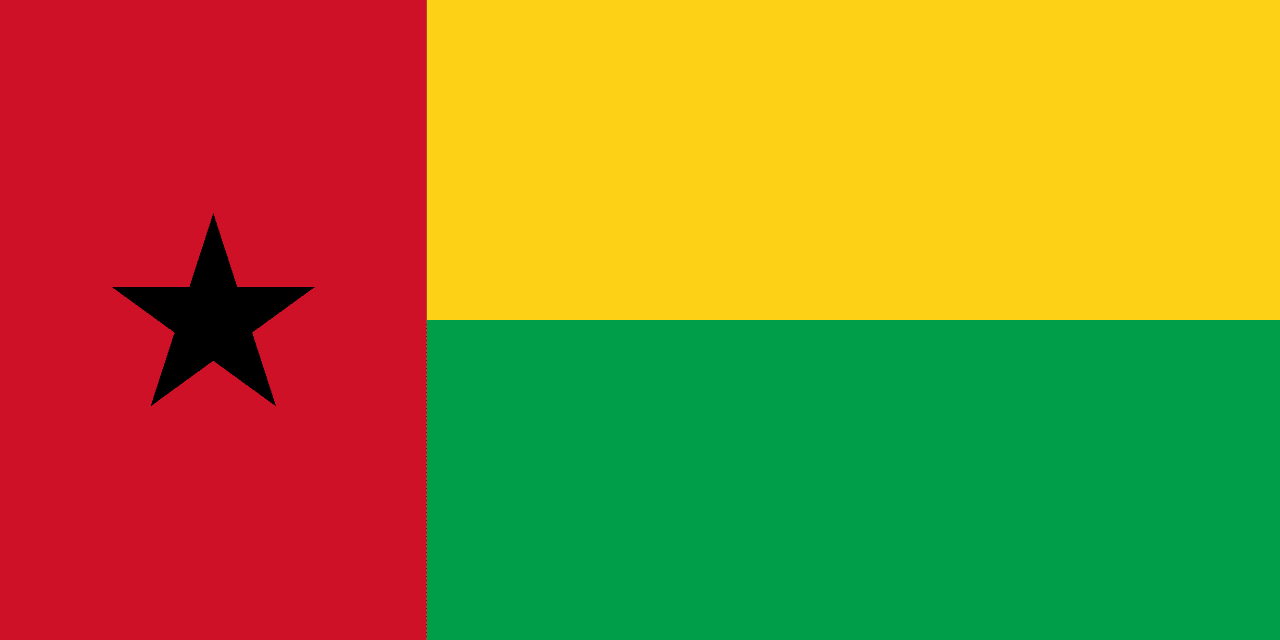
Guinea-Bissau
Africa
A vertical red stripe at the hoist with a black five-pointed star, and two horizontal stripes of yellow over green on the fly side, representing the liberation struggle, unity, hope, and the agricultural wealth of Guinea-Bissau.
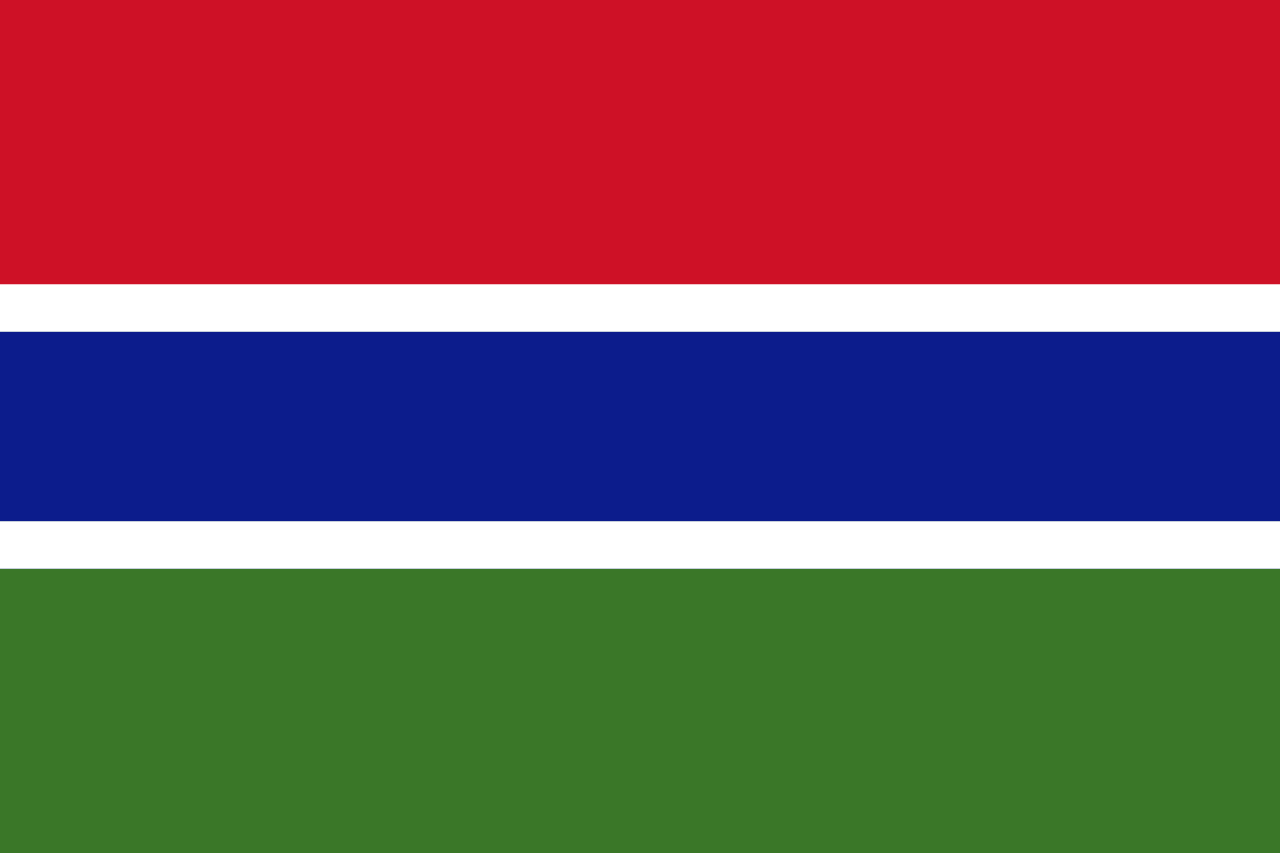
Gambia
Africa
Three horizontal stripes of red, blue, and green separated by thin white stripes, representing the sun, the Gambia River, agriculture, and peace, symbolizing the natural beauty and harmony of the smallest mainland African nation.
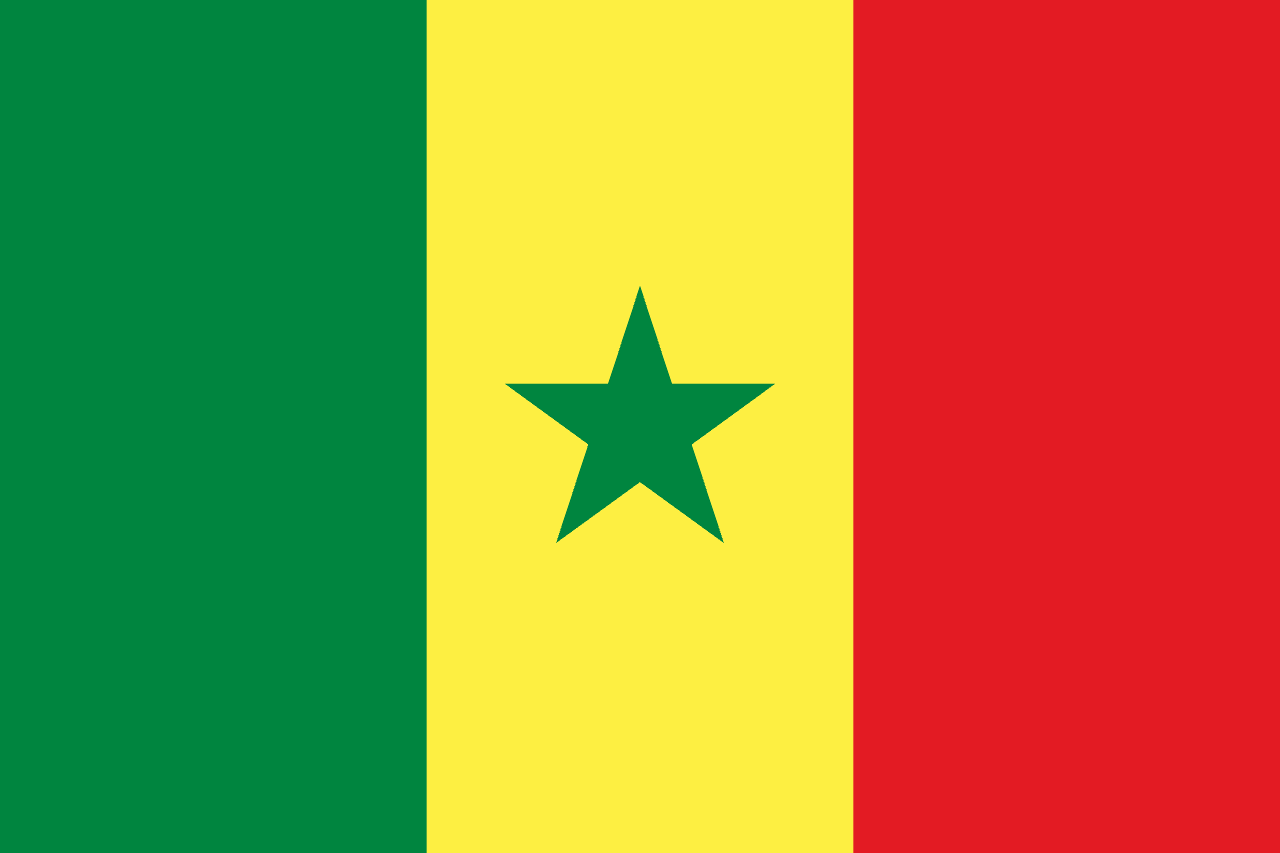
Senegal
Africa
A vertical tricolor of green, yellow, and red with a green five-pointed star centered in the yellow band. The flag reflects Pan-African identity and national unity.

Ghana
Africa
The flag of Ghana and its meaning.